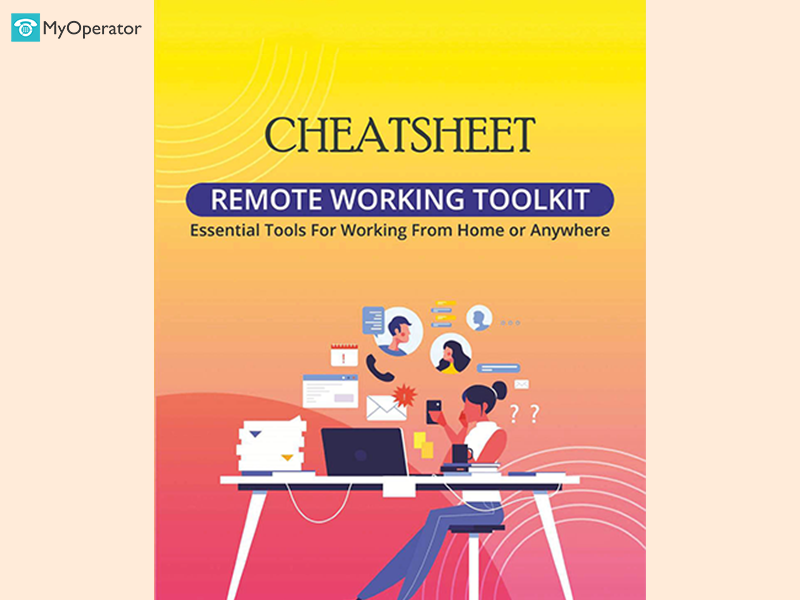

Single-nucleotide polymorphisms (SNPs) have been used to track strains of clinical relevance or, when they are stably linked to other parts of the bacterial haplotype, to predict phenotypic characteristics 2. Although convenient and powerful, such usage of 16S has necessitated certain assumptions, e.g., the now historic assumption that sequences of > 95% identity represent the same genus, whereas sequences of > 97% identity represent the same species 1.ġ6S sequences have also been exploited using low-throughput methods to distinguish strains (sometimes called subspecies) based on polymorphisms within the gene. Since the advent of high-throughput sequencing, PCR-amplified 16S sequences have typically been clustered based on similarity to generate operational taxonomic units (OTUs) and representative OTU sequences compared with reference databases to infer likely taxonomy. In particular, we demonstrate that appropriate treatment of full-length 16S intragenomic copy variants has the potential to provide taxonomic resolution of bacterial communities at species and strain level. In consequence, we argue that modern analysis approaches must necessarily account for intragenomic variation between 16S gene copies.

We further demonstrate that full-length sequencing platforms are sufficiently accurate to resolve subtle nucleotide substitutions (but not insertions/deletions) that exist between intragenomic copies of the 16S gene.

We demonstrate that targeting of 16S variable regions with short-read sequencing platforms cannot achieve the taxonomic resolution afforded by sequencing the entire (~1500 bp) gene. Here, we use in silico and sequence-based experiments to critically re-evaluate the potential of the 16S gene to provide taxonomic resolution at species and strain level. However, high-throughput sequencing of the full gene has only recently become a realistic prospect. The 16S rRNA gene has been a mainstay of sequence-based bacterial analysis for decades. All other data are available from the corresponding author upon reasonable request. V1–V9 amplicon sequence data for bacterial isolates are available via BioProject PRJNA561528. V1–V9 amplicon sequence data for human microbiome samples are available via BioProject PRJNA552603. mWGS and V1–V3 amplicon sequence data for human microbiome samples that were published previously by Petersen et al. Sequence data for the mock community are available via BioProject PRJNA552603. Sequence data that support the findings of this study are available via the NIH Sequence Read Archive.


 0 kommentar(er)
0 kommentar(er)
